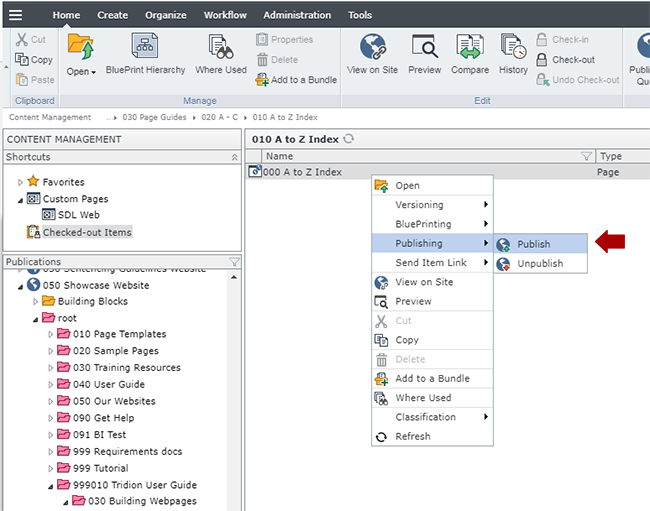Gather, prepare, and upload the rotator images
Before you can build your rotator components, you'll need to gather, resize, and upload the images you plan to use in your rotator.
Figure out which rotator template you'll use
Spend some time looking at the examples of rotators available for your website, and pick which one you'd like to use. Knowing with rotator you'll use will help guide which images you select for your slides, because you may need to focus on certain image shapes, such as long and narrow.
Selecting images to use in the rotator
As a general rule of thumb, when picking the images for your rotator, images that are 1200 pixels wide will work fine for most rotators. The only exception is if you intend to create Jumbo Feature Rotators, in which case you'll want to look for images that are at least 2000 pixels wide.
The height of the image is flexible, you can choose what works best (rectangle, square, etc.) for the rotator you plan to create.
Resize all images to matching measurements
Once you've gathered all the images you want to use in your rotator, resize all the images so that they share the exact same height and width measurements in pixels. If you don't do this, your rotator (and webpage) will "bounce" as each rotator slide loads.
Upload the images into Tridion
In Tridion, navigate to the 020 folder where you wish to store the images, and upload them. Get instructions for uploading multimedia components, if you need them.


